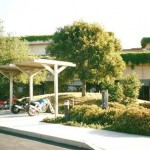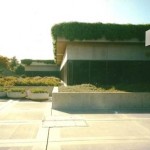This article, on the possibilities and problems with virtual actors, still holds good a decade later. It’s very difficult to produce realistic humans (and why bother when, as one of the Mill’s staff said, there are thousands outside the window) – they either have to be perfect, or they fall into the ‘uncanny valley’ of looking nearly, but not quite, right. Instead, virtual actors are either cartoon-like (the route taken by Pixar) or used to add digital extras in post-production.
I don’t suppose many more films have added naked figures to HELP a film get a lower certificate from US censors – as revealed in the box at the end on Stanley Kubrick’s Eyes Wide Shut (a section published in the paper but missing from the version available on the Guardian website).





